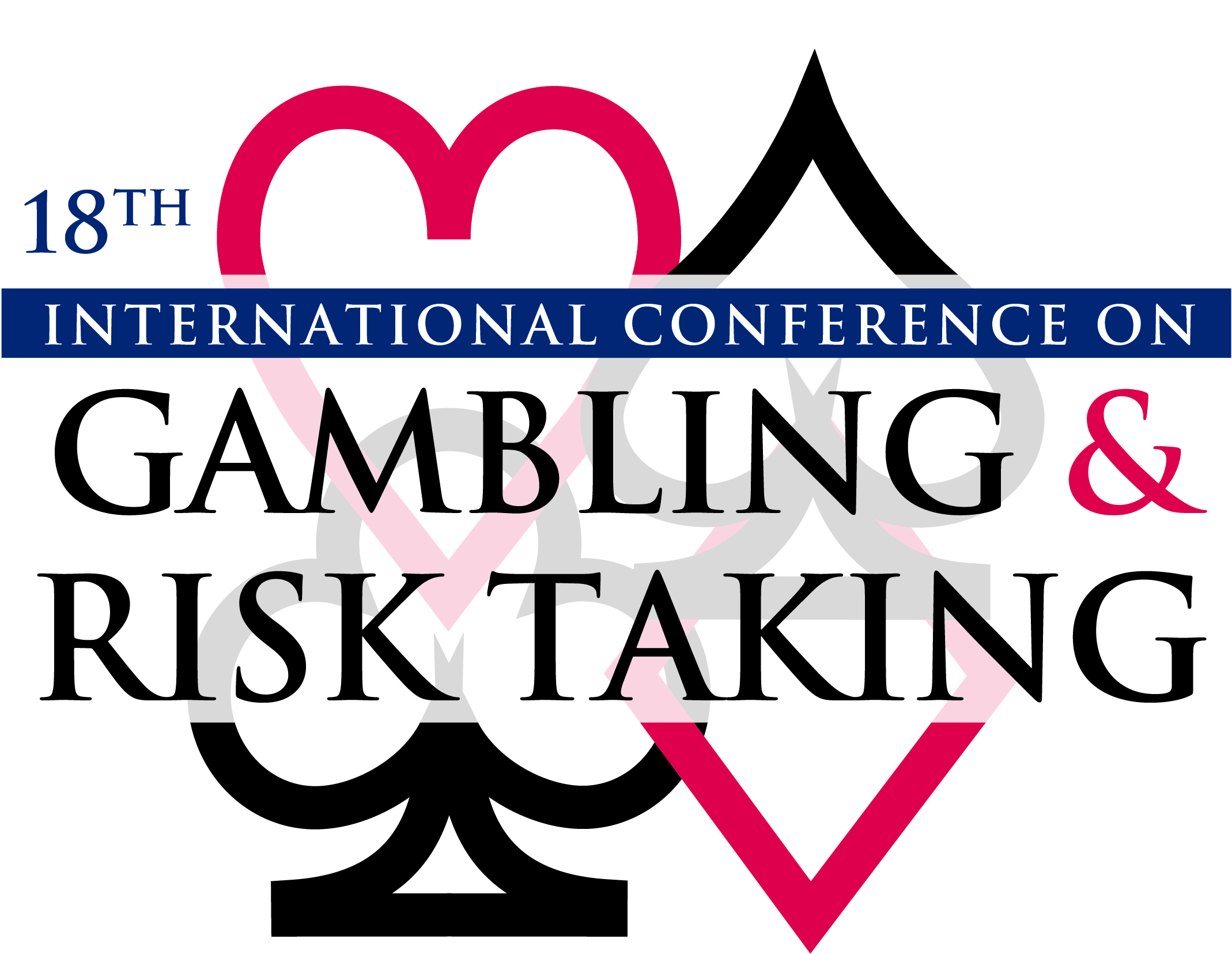Session Title
Session 1-1-B: Responsible Gambling Messaging and Discourse
Presentation Type
Paper Presentation
Location
Park MGM, Las Vegas, NV
Start Date
23-5-2023 10:15 AM
End Date
23-5-2023 11:45 AM
Abstract
Abstract
Although somewhat controversially grounded, the notion of responsible gambling (RG) subsumes some level of consumer protection (harm-minimization) through restriction of a gambler’s expenditure of time and money to affordable limits (Breen et al., 2005). With RG believed to protect industry interests, Livingstone and Rintoul (2020) argue for a new discourse. We believe creative advertising messaging as a means of preventing and minimizing harm can influence RG. Hence, understanding what makes an effective RG advertising message and determining criteria to assess that effectiveness are critical. Advertising effectiveness includes attention, recall, and behavioral intentions. This presentation focuses on the pressing need for a valid and reliable measure (RG-IES) to examine the relationship between RG messages and effectiveness. We define RG-IES as how well an RG message engages the gambler’s cognitive, emotional, and motivational faculties to increase their likelihood of evaluating individual play duration and intensity. RG-IES has four-dimensions: attention, attitudes, subjective norms and perceived behavioral control (PBC). Attention to advertising is necessary for ad effectiveness, and allows consumers to form cognitive, affective, and behavioral responses (Olney et al., 1991); this forms the basis of attitudes. Subjective norms reflect perceived opinions of referent others; PBC indicates consumers’ individual beliefs they can control their behaviors.
Implications
An effective RG message will enhance how gamers think, feel and consider the space and issues around them in a new light. Effective RG interventions can influence behavioral beliefs about the consequences of problem gambling, normative beliefs about how others perceive problem gambling; and PBC, by reminding gamblers they control their own gambling decisions.
REFERENCES
Breen, H., Buultjens, J., & Hing, N. (2005). Evaluating implementation of a voluntary responsible gambling code in Queensland, Australia. International Journal of Mental Health and Addiction, 3, 15–25.
Livingstone, Charles, and Angela Rintoul (2020). Moving on from responsible gambling: a new discourse is needed to prevent and minimise harm from gambling. Public Health 184,107-112.
Olney, T. J., Holbrook, M. B., & Batra, R. (1991). Consumer responses to advertising: The effects of ad content, emotions, and attitude toward the ad on viewing time. Journal of Consumer Research, 17(4), 440-453.
Keywords
Responsible Gambling, Message Effectiveness, Advertising, Attitudes
Funding Sources
None
Competing Interests
None
Promoting Responsible Gambling through Creative Advertising: Developing an Intervention Effectiveness Scale
Park MGM, Las Vegas, NV
Abstract
Although somewhat controversially grounded, the notion of responsible gambling (RG) subsumes some level of consumer protection (harm-minimization) through restriction of a gambler’s expenditure of time and money to affordable limits (Breen et al., 2005). With RG believed to protect industry interests, Livingstone and Rintoul (2020) argue for a new discourse. We believe creative advertising messaging as a means of preventing and minimizing harm can influence RG. Hence, understanding what makes an effective RG advertising message and determining criteria to assess that effectiveness are critical. Advertising effectiveness includes attention, recall, and behavioral intentions. This presentation focuses on the pressing need for a valid and reliable measure (RG-IES) to examine the relationship between RG messages and effectiveness. We define RG-IES as how well an RG message engages the gambler’s cognitive, emotional, and motivational faculties to increase their likelihood of evaluating individual play duration and intensity. RG-IES has four-dimensions: attention, attitudes, subjective norms and perceived behavioral control (PBC). Attention to advertising is necessary for ad effectiveness, and allows consumers to form cognitive, affective, and behavioral responses (Olney et al., 1991); this forms the basis of attitudes. Subjective norms reflect perceived opinions of referent others; PBC indicates consumers’ individual beliefs they can control their behaviors.
Implications
An effective RG message will enhance how gamers think, feel and consider the space and issues around them in a new light. Effective RG interventions can influence behavioral beliefs about the consequences of problem gambling, normative beliefs about how others perceive problem gambling; and PBC, by reminding gamblers they control their own gambling decisions.
REFERENCES
Breen, H., Buultjens, J., & Hing, N. (2005). Evaluating implementation of a voluntary responsible gambling code in Queensland, Australia. International Journal of Mental Health and Addiction, 3, 15–25.
Livingstone, Charles, and Angela Rintoul (2020). Moving on from responsible gambling: a new discourse is needed to prevent and minimise harm from gambling. Public Health 184,107-112.
Olney, T. J., Holbrook, M. B., & Batra, R. (1991). Consumer responses to advertising: The effects of ad content, emotions, and attitude toward the ad on viewing time. Journal of Consumer Research, 17(4), 440-453.


Comments
None